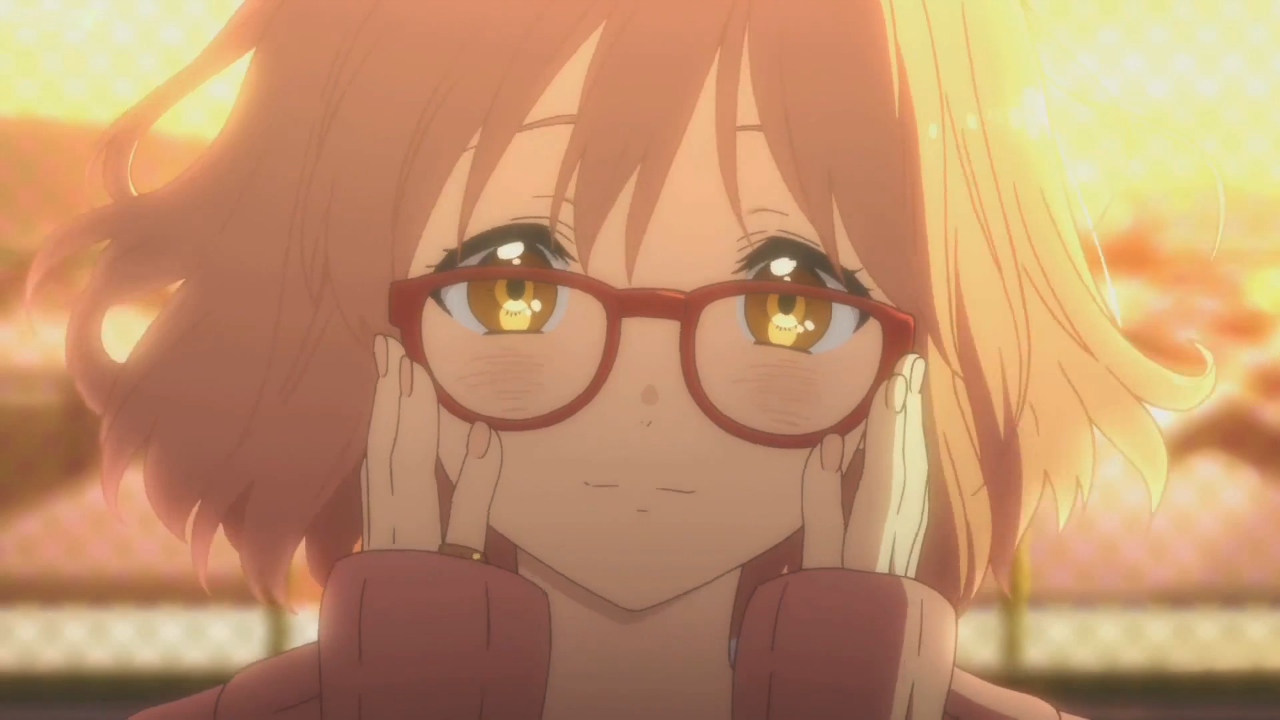By Chloe Kong
Konnichiwa and welcome to another segment of the Otaku Corner! Last segment, we talked about seiyuu/ voice actors for a change. Today, let us have a chat about some terms that you may have heard of or even knew and some of you may have never heard of them before. Note: These terms are just mentioned and explained in general terms. Hence, I do not mean to offend or cause any discrimination or some form of stereotyping. So are you ready? Ikuze!
Terms #1 Genre:
- Shoujo [少女]
Basically, this term means young girl. In many of times, we hear this term as a genre for manga and anime. The term Shoujo Manga refers to manga that are targeted for girls. Although, that does not mean the boys do not read them. Shoujo manga are often sweet and fluffy which makes it popular among the audiences as they are able to experience the sweetness of the romance through the story and the characters.
- Shounen [少年]
Shounen on the other hand means young boys. Like Shoujo manga, this genre targets to young male audience and likewise is also popular among the other gender. From the Shounen series that I have encountered so far, they contain action, romance and even comedy!
- Yaoi
In the LGBT term, yaoi means the love or rather sexual relationship between two males. Female audiences who prefer this genre are called fujoshi.
- Yuri
Yuri is the opposite of yaoi. This genre is targeted to male audiences and likewise, male audiences are called fudanshi.
Terms #2 : ETC
- Tsundere [ツンデレ]
Tsundere refers to a person who is either cold or hostile on the outside but is the opposite of that on the inside and that side takes time for it to emerge. In anime or manga, characters who are tsundere usually would deny things a lot, especially when it comes to the things they want or like. Their actions and speech at times or most times are viewed as cute by the general public.
- Yandere (ヤンデレ)
The opposite of a tsundere. Yandere characters can initially be nice and sweet at the beginning. As time passes by, these characters can be quite scary and possessive. Yandere characters are known to be quite dangerous as well as possessive in anime or manga, especially when it comes to the things they like.
- Kuudere
Derived from the English word ‘Cool’, the cool and collected kuudere characters rarely show their emotions. While being embarrassed, their faces remained stoic. Kuudere in anime are viewed as cool and silent.
- Kabe don [壁ドン]
(Kabe: Wall; Don: the sound of fierce slapping on the wall) A kabe don is a popular act in shoujo manga and anime. Considered to be both heart throbbing and romantic, this action takes place when a male character closes the distance of a female character until she is up against the wall with one or both hands placed on the wall to prevent her from running away from him. Furthermore, this intimate act is a way for a character to confront another character about his feelings and thoughts (and maybe sometimes for a kiss)
*Note: This action is just merely an act in shoujo manga and it may NOT be suitable in real life so do NOT apply it.
Figure 1- Source: Ao Haru Ride Manga
- Bishie
Bishie or Bijin is a shortened term for bishounen (美少年) which stands for pretty young boys.
(Side note: For pretty young girls, they are referred to as bishoujo whereas in neutral terms, we call them Bijin [美人] regardless of the gender)

Ikemen イケメン
Ikemen is a slang used to describe people who that person refers to as handsome or cool.
Once again, arigatou gozaimasu for reading this column and for visiting the Otaku Corner. If you have any interesting topic to share, feel free to tell me 😀 Sore ja matta ne!




